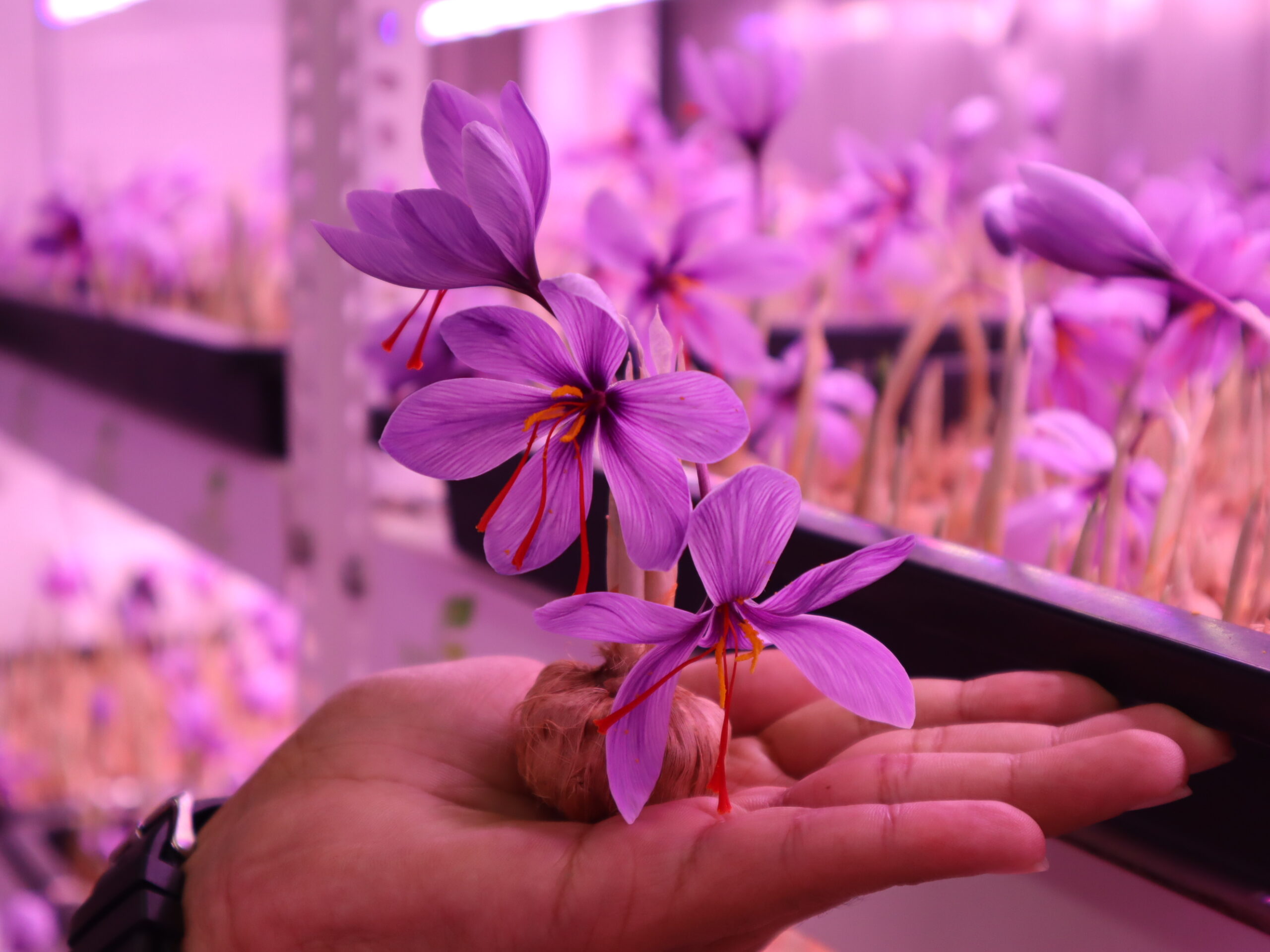
Hydroponic Saffron Cultivation Techniques
Saffron, a highly prized and valuable spice derived from the Crocus sativus flower, has been cultivated for centuries. In recent times, the integration of hydroponic systems in saffron cultivation has sparked interest due to its potential for enhancing yield and quality while optimizing resource utilization.
I. Introduction to Hydroponic Saffron Cultivation
Saffron cultivation dates back to ancient times, revered for its culinary, medicinal, and cosmetic properties. Hydroponics, a method of growing plants without soil, offers a modern approach to cultivating saffron. Its advantages, including controlled environments and efficient nutrient delivery, make it an intriguing method for saffron production.
II. Setting Up a Hydroponic System for Saffron

Choosing the right hydroponic system is pivotal for successful saffron cultivation. Systems like nutrient film technique (NFT) or deep water culture (DWC) can be adapted for saffron. Components such as reservoirs, pumps, and grow lights need careful selection and setup to ensure optimal growth conditions.
III. Choosing Saffron Varieties for Hydroponics

Certain saffron varieties exhibit better adaptability to hydroponic environments. Understanding the characteristics of these varieties and the differences in bulb or corm selection is crucial for initiating a successful hydroponic saffron farm.
IV. Optimizing Nutrient Solutions for Saffron

Creating a nutrient solution tailored for saffron’s specific needs in hydroponics is a key step. Properly balanced solutions with essential macronutrients and micronutrients ensure healthy growth and robust saffron production.
V. Environmental Factors in Hydroponic Saffron Cultivation

Managing environmental factors like light exposure, temperature, and humidity is vital. Providing the right conditions throughout the growth cycle is essential for maximizing saffron yield and quality in a hydroponic setup.
VI. Maintenance and Care of Hydroponic Saffron

Regular monitoring of pH levels and nutrient concentrations is necessary to prevent deficiencies or excesses that could hinder saffron growth. Preemptive maintenance and troubleshooting help avoid common issues, ensuring a thriving saffron harvest.
VII. Harvesting Techniques for Hydroponically Grown Saffron

Recognizing the indicators of saffron readiness and employing proper harvesting techniques is crucial. Careful handling during harvesting preserves the delicate stigmas and maintains the spice’s quality.
VIII. Future Innovations and Developments in Hydroponic Saffron Cultivation
As technology advances, there is continuous exploration into enhancing hydroponic saffron cultivation. Research into innovative systems, nutrient formulations, and growth techniques paves the way for further improving yield, quality, and sustainability in saffron production.
Conclusion
Saffron cultivation through hydroponics offers a promising avenue for meeting the growing demand for this exquisite spice while ensuring efficient resource utilization and consistent quality. Embracing these techniques could revolutionize the saffron industry, offering a sustainable and controlled method of production.


